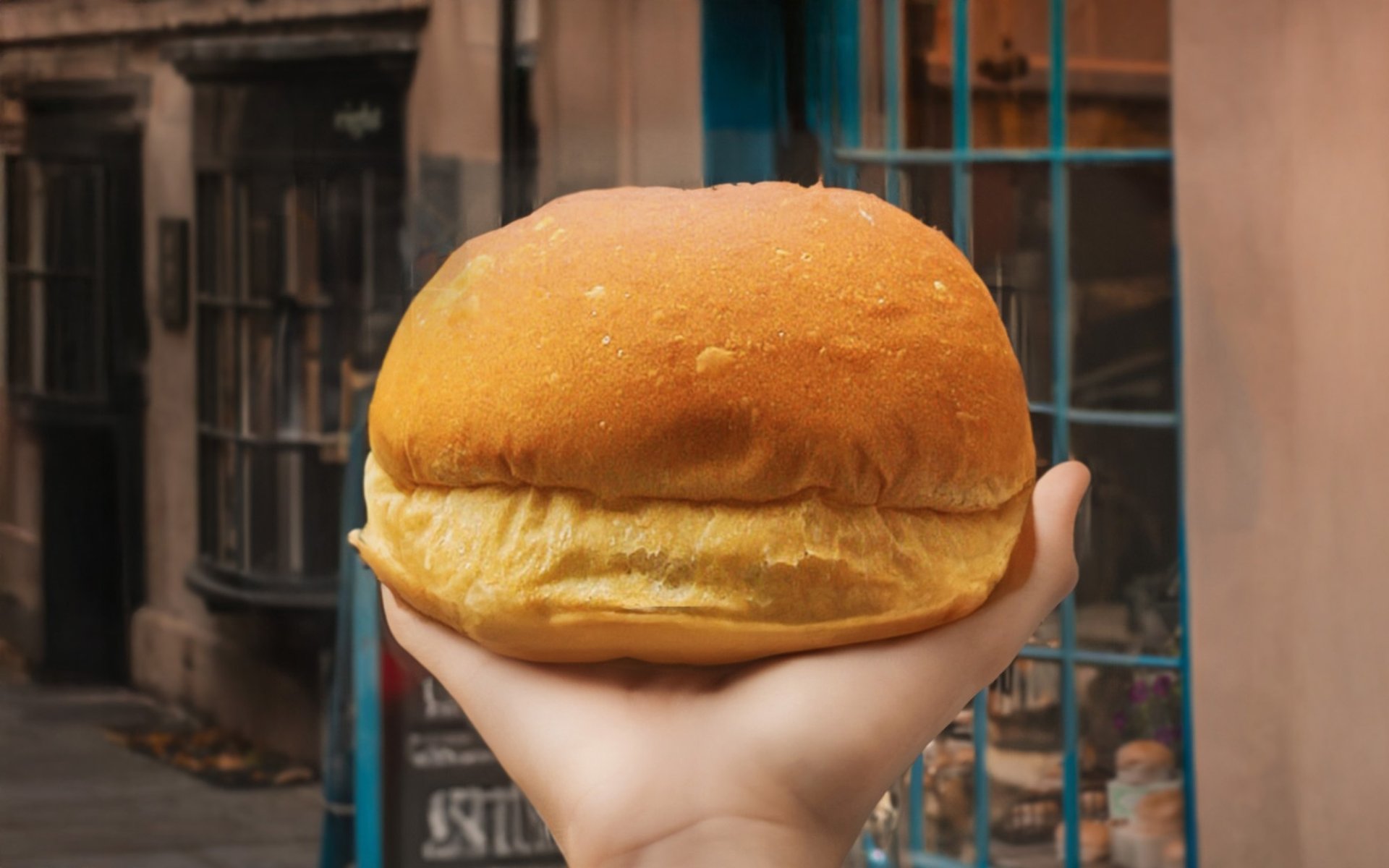Sally Lunn Bun

Back in 1680, a Huguenot refugee named Solange Luyon fled France and settled in Bath, England. During her refuge, she worked at a bakery called Lilliput Alley and created a round bread with a thick exterior and soft interior, similar to the French Brioche she was familiar with before her escape. Today, Rimping Supermarket invites you to delve into the story of this legendary bread.
The Birth of Sally Lunn Bun: From Refugee to Local Favorite
Initially, Solange sold her bread by hawking it through the alleys around Bath Abbey. It quickly gained immense popularity among the locals because the bread was versatile enough to be eaten with various dishes, both savory and sweet. At that time, however, this type of bread had no specific name. It wasn't until her colleagues, unfamiliar with French pronunciation, started calling her Sally Lunn that the bread eventually became known by her new name, Sally Lunn Bun.
Flourishing Popularity and Unique Characteristics
In a short time, Sally Lunn's baking skills rapidly caught the attention of local gentry and tourists alike. The bakery where she worked at North Parade Passage in Bath (now known as the Sally Lunn Eating House, which remains a famous restaurant and museum) became a gathering place for high society and important figures seeking to taste her delicious bread.
What truly set Sally Lunn's bread apart from others was its unique texture and taste. The crumb is light, soft, and slightly sweet, while the outer crust is brushed with butter until it's golden and appetizing. The traditional way of serving is to horizontally slice the bun, then spread it with butter or jam to enhance its delightful flavor.
The Secret Recipe and Modern Adaptations
To this day, the original Sally Lunn Bun recipe remains a family secret, passed down through generations. This secrecy has led to numerous adaptations throughout the United Kingdom, with each culture incorporating its own unique flavors:
- In some areas: Additional ingredients such as raisins or candied fruits are added for extra sweetness and texture.
- In other areas: It's served with Clotted cream and jam, much like a scone.
- Or even with savory dishes: Such as smoked salmon or Eggs Benedict, demonstrating its versatility.
Currently, the Sally Lunn Bun continues to attract tourists to Bath, eager to taste the original recipe while enjoying tea in the beautifully designed, classic ambiance of the eating house. It's an opportunity to experience both history and a legendary taste that truly endures.


